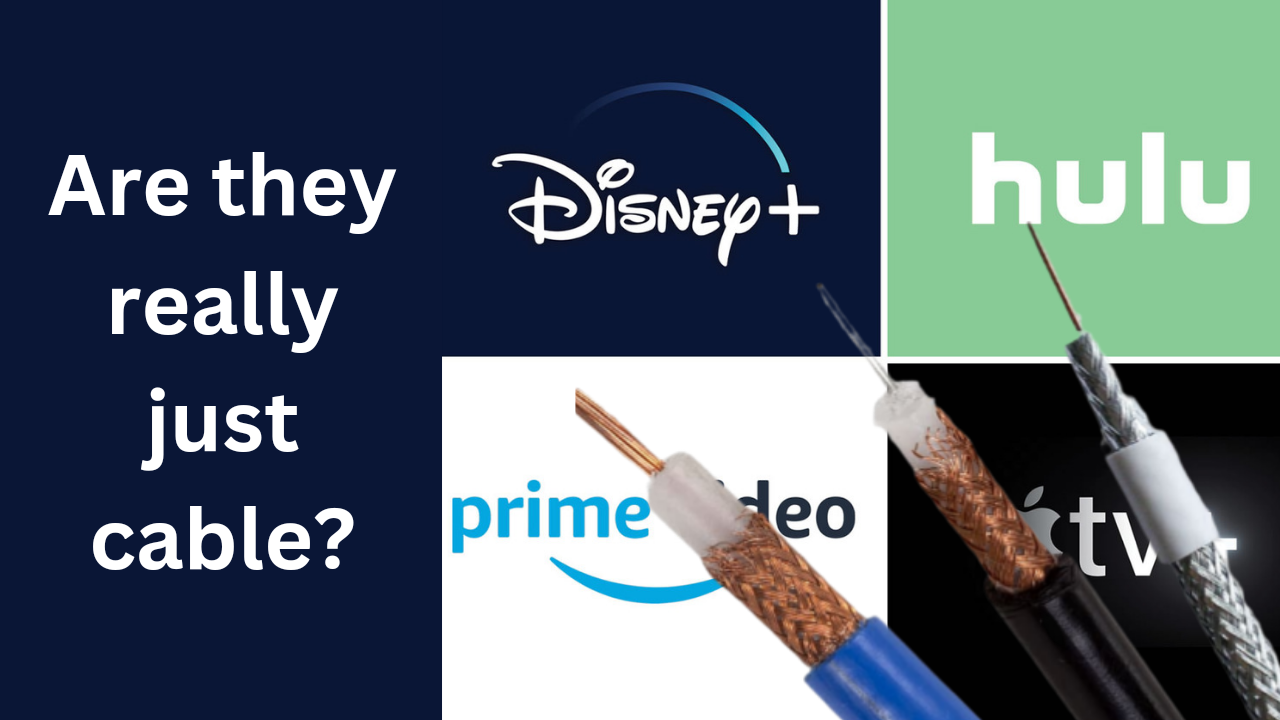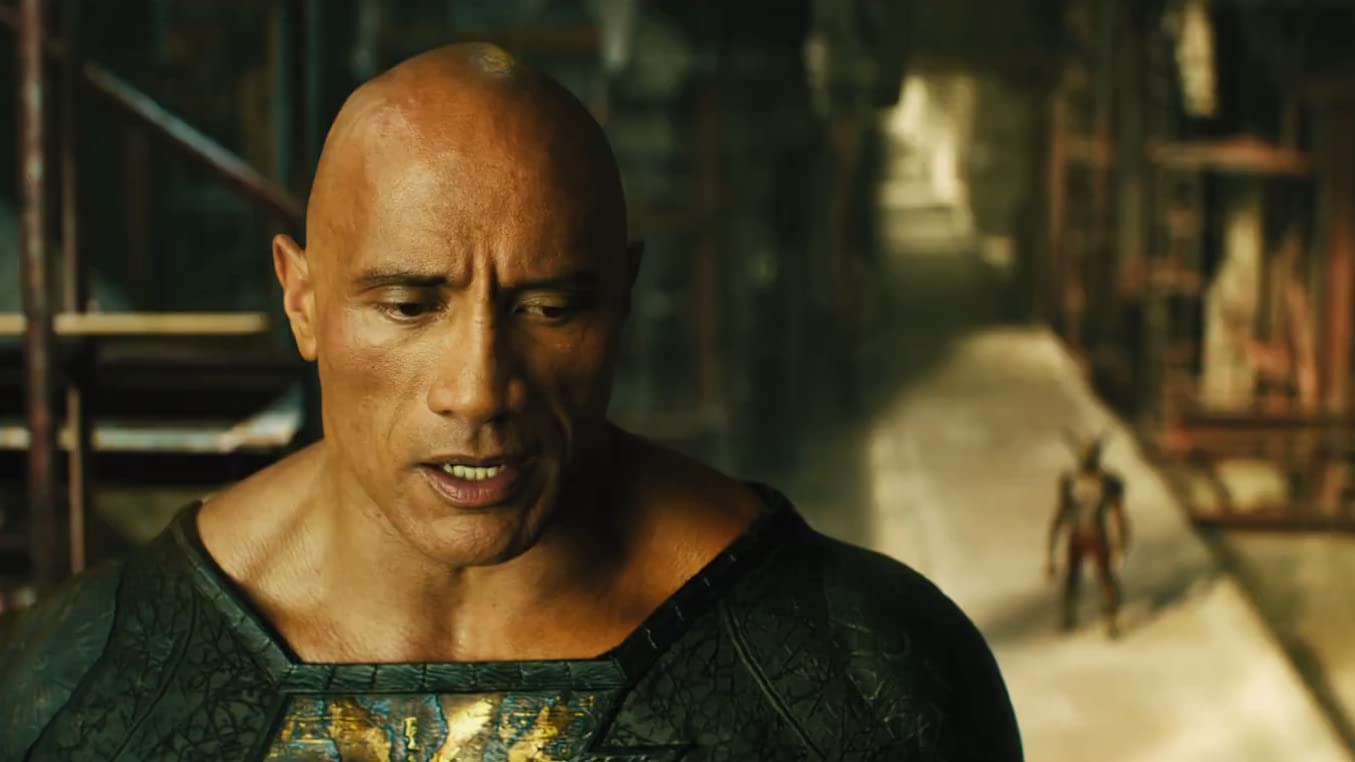Introduction
When streaming services first released, they were advertised as a place where you could have a library of movies that you could choose from and watch your favorite movies and TV shows. Depending on who made the TV show or movie, that would be the service that you would subscribe to. For example, if you wanted to watch a Disney classic, you would subscribe to Disney Plus.
The Beginning of Streaming Services
One of the main pulls for people to subscribe to streaming services was that you could pick what you wanted to watch, and there were no ads. Up until that point, cable was the way anyone would watch films or TV shows, without owning a physical or digital copy, and the way that the cable company would pay for the show or movie would be by the ad breaks they put throughout the production.
When streaming services came out, they were considered a great deal. Only a couple years ago, a month subscription to Disney Plus was $7.99, a reasonable price for the number of films and TV shows that were available. This included the new films and TV shows that Disney released on their streaming service a few months after leaving theaters.
A few months ago, Amazon Prime was also priced reasonably. It was only $15.00 for all of Amazon Prime’s benefits, including Prime Video. Prime Video has a wide variety of different films made by different companies, making it a great streaming service for those on a smaller budget.
Streaming Services = Cable??
However, as of recent years, streaming services are becoming more and more like cable, the very thing that they were promoted to replace. Both examples above have added advertisements in the middle of their films and TV shows to help pay for the rights to the film. Subscribers have no option to remove these ads unless they are willing to pay more money to go ad-free. So far, most ad-free subscription plans cost $3-5 extra a month, which means nearly $30-60 a year more than before.

A single annual ad-free subscription of Disney Plus is $140 (small discount for paying annually), and that is only for one streaming service. Most people want to have a variety of options to watch, including different shows that may stream on different services. However, for nearly $150 a year for a streaming service, a family can only afford to have maybe 1 or 2 streaming services at a time.
Conclusion
What once seemed like a good deal has become a recurring expense. And what’s worse, is that we are basically back to what cable was years ago. We still have to deal with the pesky ads that constantly interrupt our films and shows, just like we used to. It may look different in some ways, but in reality streaming services and cable are more similar than we realized. The only key difference is that we can stream what we want to, provided that the streaming service still has rights to it. What are your thoughts about the direction that streaming services are taking? Let us know in the comments.



